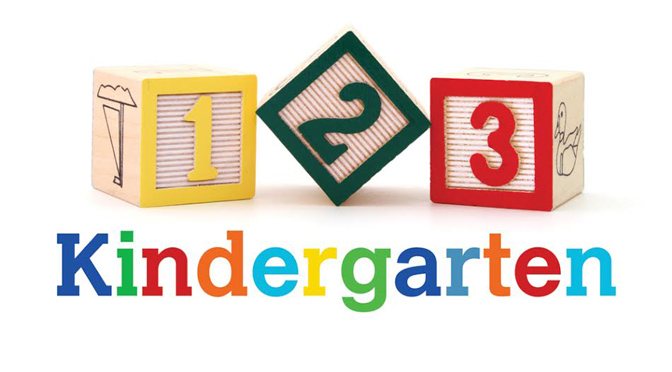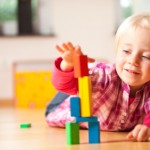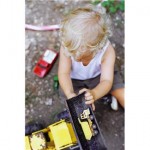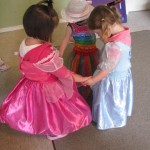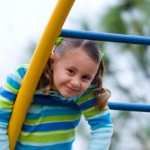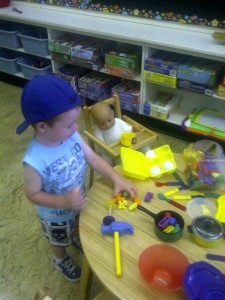Since April Showers bring May Flowers, posts this month on how to support your child’s kindergarten readiness will be about flowers, learning flowers that is. Just like flowers grow, so do children’s brains. We used to think Intelligence was a single quantity that was fixed in your genes but we now know that early stimulation influences ‘smartness’. Plus, each child has unique strengths and challenges so that there are different ways that kids are smart.
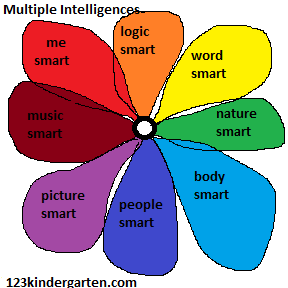 Just like adults, some children are very verbal, chattering away in sentences before others have more than a few words. The floor, tables, and cupboards have to be baby-proofed weeks earlier in some homes for speedy walkers and crawlers. Many kids will color on the walls, but some of the drawings will be early works of art. Recognizing that there are different ways to be intelligent, Dr. Howard Gardner formulated a list of 7 intelligences. Later, he added an eighth. Many education programs are built around Multiple Intelligences. To help kids, easier words are used but even as early as kindergarten, kids learn there are different ways to be smart. Bulletin boards in schools often show “How I Am Smart”.
Just like adults, some children are very verbal, chattering away in sentences before others have more than a few words. The floor, tables, and cupboards have to be baby-proofed weeks earlier in some homes for speedy walkers and crawlers. Many kids will color on the walls, but some of the drawings will be early works of art. Recognizing that there are different ways to be intelligent, Dr. Howard Gardner formulated a list of 7 intelligences. Later, he added an eighth. Many education programs are built around Multiple Intelligences. To help kids, easier words are used but even as early as kindergarten, kids learn there are different ways to be smart. Bulletin boards in schools often show “How I Am Smart”.
Being unable to find a picture when I needed one, here is a visual representation. (Calling it a drawing might be overly optimistic. As you can tell, it was not done by a talented 3-year old!) Later posts will focus on ways to build your child’s smartness for each of these intelligences. Today, watch and listen to your child. In what way is your child smart? What are your child’s strengths and what are the challenges? Where does your child need more support and encouragement to be smarter?
